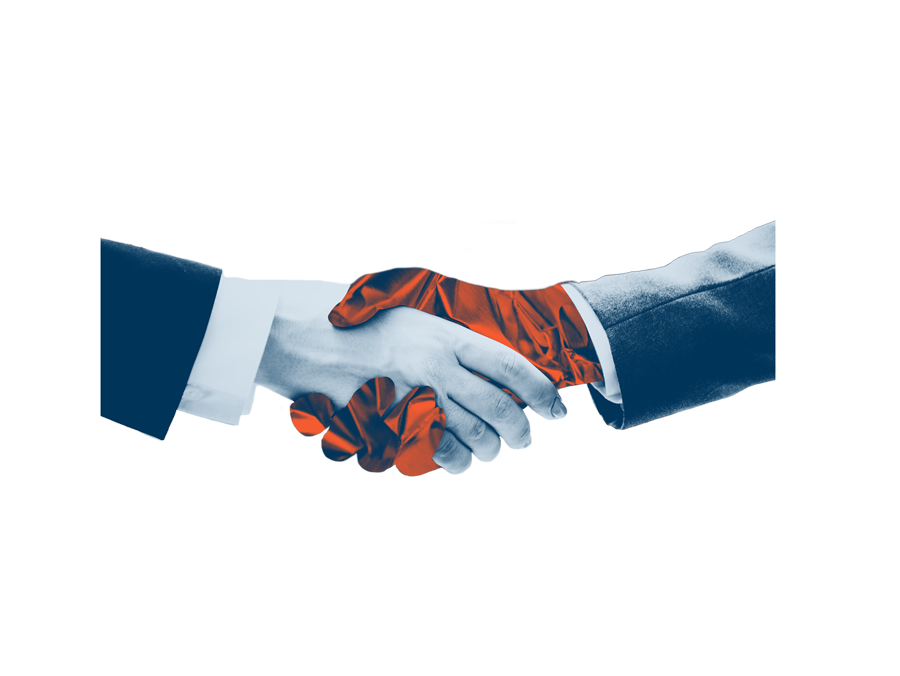The consumer packaged goods (CPG) industry has seen robust financial performance in recent years. Unilever reported its highest annual profit in six years in February 2023 (per Reuters), while Johnson & Johnson (J&J) and Nestlé both reported their highest annual revenues in history in January and February 2023 (per CNBC and Financial Times), respectively.
However, a closer look at many CPG companies’ recent earnings reports reveals their revenue growth is primarily driven by cost increases imposed on retailers rather than increased sales volumes. For example, Procter & Gamble’s (P&G) sales were up 7%, with unit sales down 1%. Unilever’s underlying sales growth of 5% was offset by a slight volume decline, while Nestlé’s organic growth of over 7% was achieved through pricing increases of over 8%.
These revenue numbers have been coming at the cost to retailers. Per Morningstar in October of 2023, P&G’s margins were up over 4.6% due to “higher prices, lower commodity costs, and productivity savings.” For each dollar spent on P&G products at retail, $0.52 of that dollar is now profit for P&G. Retailers have not seen commiserate increases in funding or cost decreases from the lower commodity pricing.
While these cost increases may have been justified during the supply-constrained environment of the Covid years, we have seen commodity and energy prices stabilize or decrease considerably compared to their peaks over the last two years. Commodities like milk, canola, sunflower seed, and corn are all down 20% or more, as compared to December of 2022. Eggs are down over 50% from that same period. Raw inputs have returned to near pre-pandemic levels. Other inputs like Transpacific and Transatlantic freight costs are down 90% and 70%, respectively, from their peaks in July of 2021. Truckload costs are down 25%-15% versus a year ago.
But even with falling costs of direct inputs for CPG’s products, Chief Merchants and retail leaders are beginning to see unjustified cost increases from their CPG counterparts. As the last line of defense between cost increases to the end consumer, retailers risk being caught flat footed if they are not preparing their teams to reject, challenge, or negotiate these cost changes, especially the most extreme increases that seem untethered from reality. This is especially true in categories where CPGs dominate – for example, retailers have seen diversified CPGs increase costs in categories they dominate, but not in new or very competitive areas of the business. These cost increases are strategic, intentional, and not in the interests of retailers or their customers.
Justifications from CPGs like “supply chain investments,” promises of “new marketing capabilities,” or supporting their revenue or profit targets are not the responsibility of retailers, and such cost increases should be rejected.
As a retailer, now is the time to prepare your teams for an influx of cost increases.
As these large CPG companies continue to drive their growth through cost increases, you might ask: “What can retailers do to prepare for this round (and future rounds) of cost increases?”
At Conlego, we teach our clients:
- A cost increase is the beginning of a negotiation.
- Mitigate proposed cost increases through our Category Management Process and tools. Some cost increases might be reasonable – but only a repeatable process implemented by your team will know when this applies.
- Hold vendors accountable for their cost increases and work through ways to mitigate the impacts.
- Be prepared to develop or highlight alternatives for consumers to potentially trade into lower-cost and private-label options.
- Build a culture of strategic negotiation through training, coaching, and preparing teams to consistently identify and strip out “the fat”.
- Be thoughtful in tiering vendors, using different negotiation and partnership tools depending on their importance as a partner – or the financial opportunity.
By taking these steps, retailers can protect their profit margins and remain competitive in the face of rising CPG prices, as well as protect their customers’ wallets.
At Conlego, we have a deep understanding of the CPG industry and the challenges that retailers face in managing cost increases. We have helped our retail clients develop and implement strategies to mitigate the impact of these increases on their businesses to protect both their bottom line and their customers.
For more information, please reach out to mark@conlego.com, or daniel@conlego.com.



